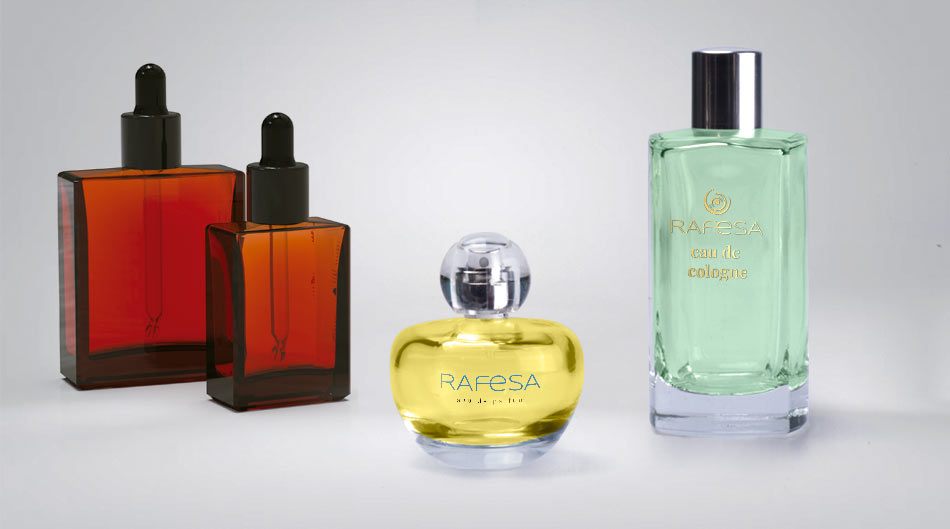“As a key issue in marketing, sustainability is driving the development of such container decoration techniques as screen printing, hot stamping and water-based varnishes.”
The design and presentation of products in the dynamic and highly competitive cosmetics industry play a crucial role in brand perception and purchase decision for consumers. As a leader in packaging solutions for the cosmetics industry, RAFESA stands on the cutting edge and seamlessly integrates sustainability into its marketing strategy. Container decoration techniques, such as screen printing, hot stamping and water-based varnishes, are evolving to align themselves with these values. Here is a detailed guide to these techniques, their validation processes and their contribution to sustainability.
Screen Printing: Precision and Sustainability
Technique and Application
Screen printing is a versatile and popular technique for container decoration that consists of using a tight mesh to transfer ink onto a surface. In cosmetics, it is most commonly used on glass, plastic and metal containers.
Validation Processes
Screen Printing Screens: Screen printing quality depends on the resolution of the screens being used. Screens with more strands lead to higher definition, which is crucial for fine details and complex designs. Choosing the right mesh is essential for guaranteeing quality and consistency in the design.
UVI Inks: For glass containers, the use of ultraviolet curable inks (UVI) not only enables lasting and scratch-resistant printing but also reduces power consumption and the carbon footprint when compared with traditional inks. These inks dry instantly under UV light, thereby improving process efficiency.
Sustainable Perspective
Eco-friendly Inks: Water-based inks and UVI inks emit fewer volatile organic compounds (VOCs), thereby helping to improve air quality and reduce environmental impact.
Recyclability: The improvements being made to ink formulas allow containers to be recycled more easily, which is an added value for sustainability strategies.
Hot Stamping: Elegance and Environmental Efficiency
Technique and Application
Hot stamping involves the use of a heated matrix to transfer a metallic or coloured foil into the container surface, creating some attractive visual effects.
Validation Processes
Foil Selection: It is essential to choose foils that not only meet aesthetic standards but are also recyclable and, if possible, biodegradable. Suppliers are developing foils that easily integrate into recycling processes.
Sustainable Perspective
Dry Process: Hot stamping is a dry process in which no solvents are required, eliminating the generation of waste liquids and reducing pollution risks.
Recyclable Foils: The industry is shifting towards the use of foils that do not compromise the recyclability of containers by integrating materials that can be efficiently separated and recycled.
Water-based Varnishes: Environmental Protection and Responsibility
Technique and Application
Water-based varnishes are applied as protective and decorative layers to containers for cosmetics for greater strength and shine.
Validation Processes
Controlled Application: Water-based varnishes must be applied precisely and uniformly so as to maximise their effectiveness and minimise waste. Automating this process helps to ensure even coverage.
Sustainable Perspective
Composition: Water-based varnishes are less toxic and emit fewer VOCs, making them more environmentally-friendly.
Ease of Recycling: These varnishes are generally easier to remove during recycling, which improves the capacity of containers to be processed and reused.
It is crucial for the marketing department to not only understand the aesthetic advantages of decoration techniques but also their impact on sustainability and brand perception. As part of its commitment to innovation and environmental responsibility, RAFESA adopts such techniques as screen printing with UVI inks, hot stamping with recyclable foils and water-based varnishes to offer products that not only stand out in the market but also reflect a genuine commitment to the environment.
Integrating sustainable practices into the decoration of containers is a great opportunity to strengthen brand identity and meet the expectations of mindful consumers. By communicating these efforts and advancements, the marketing department at RAFESA can position the company as a leader in innovation and environmental responsibility.






